These people had ideas that were to die for. and today we’re counting down our picks for the top 10 inventors killed by their own inventions.
For this list, we’re looking at those innovators that were killed, either directly or indirectly, by their own inventions or discoveries.
- The pursuit of knowledge and innovation is not without its risks.
- A slew of people, including the OceanGate CEO aboard the Titan submersible, have learned that lesson the hard way.
- Confidence is key, but safe test practices are worth their weight in mortality.
The CEO of OceanGate Expeditions who was behind the recent tragedy of the missing Titan submersible has recently found himself among interesting company. He was just added to Wikipedia’s list of inventors killed by their own inventions.
The list is comprised of 26 entries split into a variety of different categories: aviation, medical, and maritime, to name a few. The last entry under the maritime section, before the addition of Rush, was Thomas Andrews Jr., the architect behind the Titanic.
If nothing else, it’s a good exercise in realizing that the pursuit of knowledge and art is not without risk to mind, soul, and, in this case, mortality. Here are other notable deaths on the list.
Stockton Rush

Rush is the newest addition to the list of ill-fated inventors.
Rush and four others onboard the OceanGate Expedition’s Titan submersible went missing on June 18 while taking passengers on a voyage to see the wreck of the Titanic. The loss of the submersible launched a search-and-rescue mission that had the Navy, Coast Guard, and even “Titanic” filmmaker James Cameron involved.
The search lasted for five days until the Coast Guard announced on June 22 that the submersible had imploded 1,600 feet away from the Titanic shipwreck.
The US Coast Guard has convened a Marine Board of Investigation to look into the cause of the implosion — the highest level of investigation by the organization, according to CNN.
The submersible that has been making headlines for the past few weeks was created by Rush to explore the remains of the Titanic as part of a larger adventure tourism venture.
As more information has come in since the Coast Guard declared the passengers of the Titan deceased, there is evidence to suggest that Rush may have ignored advice from others as well as important safety features before departing.
Karl Stanley, a friend of Rush and owner of Stanley’s Submarines, a deep-sea exploration company, took a test dive in 2019 with Rush. In emails between Rush and Stanley after the test, Stanley warned Rush of the dangers of being impatient.
“The evidence suggests there is an issue/defect in one area,” Stanley wrote in an email to Rush. “Without knowing what that defect or issue is, your models and experts cannot say how it will affect the performance of the hull.”
Rush ultimately did not heed his friend’s warnings, writing in an email back to Stanley to “keep his opinions to himself.”
Thomas Andrews Jr.
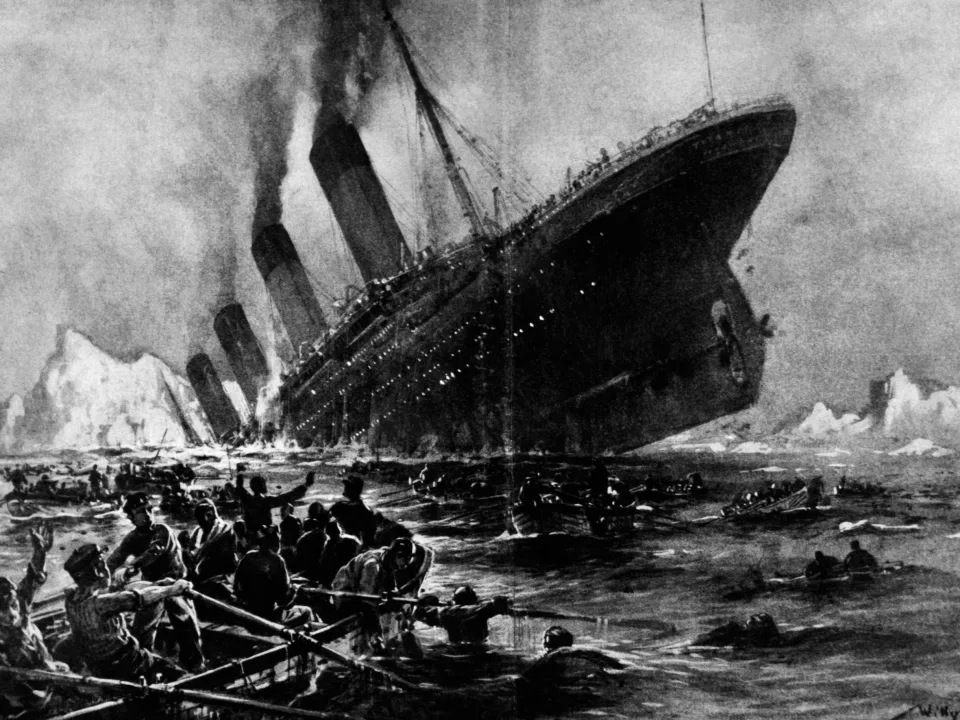
Touted as an “unsinkable ship” by those who built it, the Titanic met its demise on its maiden voyage when an iceberg damaged its watertight components, causing it to sink.
Shipbuilder Thomas Andrews Jr. said the Titanic was built with 16 watertight compartments that led the architects to deem it unsinkable. When the Titanic scraped the iceberg, it caused damage to five of the 16 compartments — two more than the ship’s design could afford to lose.
Upon assessing the damage, Andrews determined the ship had three hours left to survive.
Current thinking about the sinking of the Titanic has led experts to believe that the problem with the iconic vessel was in the rivets holding it together more so than the quality of the steel making up the ship.
Andrews advocated for more lifeboats but was denied in favor of maintaining a better view and less clutter on the deck.
Had Andrews been granted his request, there would have been enough lifeboats for everybody onboard.
Sources: US News and World Report, Scientific American, National Geographic, Smithsonian Magazine, National Archives
William Bullock
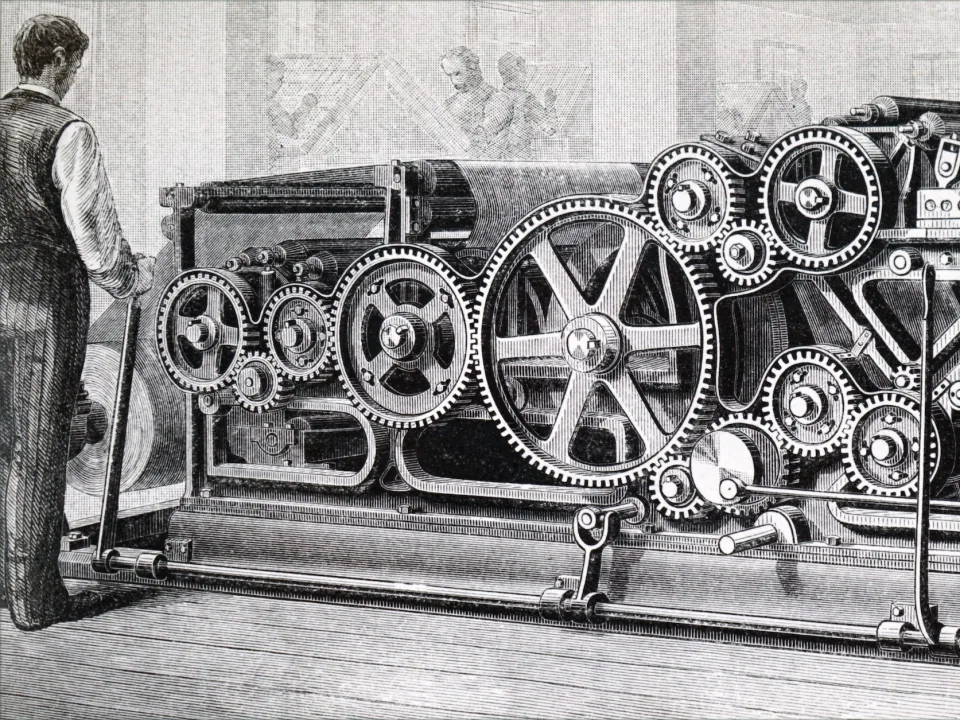
Bullock was an inventor and newspaper editor who made improvements to the rotary printing press that revolutionized printing.
Instead of having to load the paper by hand, Bullock’s patent made it possible for a continuous roll of paper several miles long to flow through a printing press. Because of his patent, factories were able to print between 8,000 to 10,000 sheets per hour, exponentially increasing their printing speeds.
One day, while helping install one of his printing presses, Bullock’s leg got caught in the machine. The press crushed his foot, resulting in a gangrene infection and his subsequent death days later.
Conflicting records claim while trying to install the press, Bullock kicked the machine and, in doing so, got his foot and leg caught, which led to the accident.
The belief that Bullock went out by kicking the press shows that hitting a machine to make it work is a time-honored tradition.
Sources: New Yorker, Library of Congress
Robert Cocking
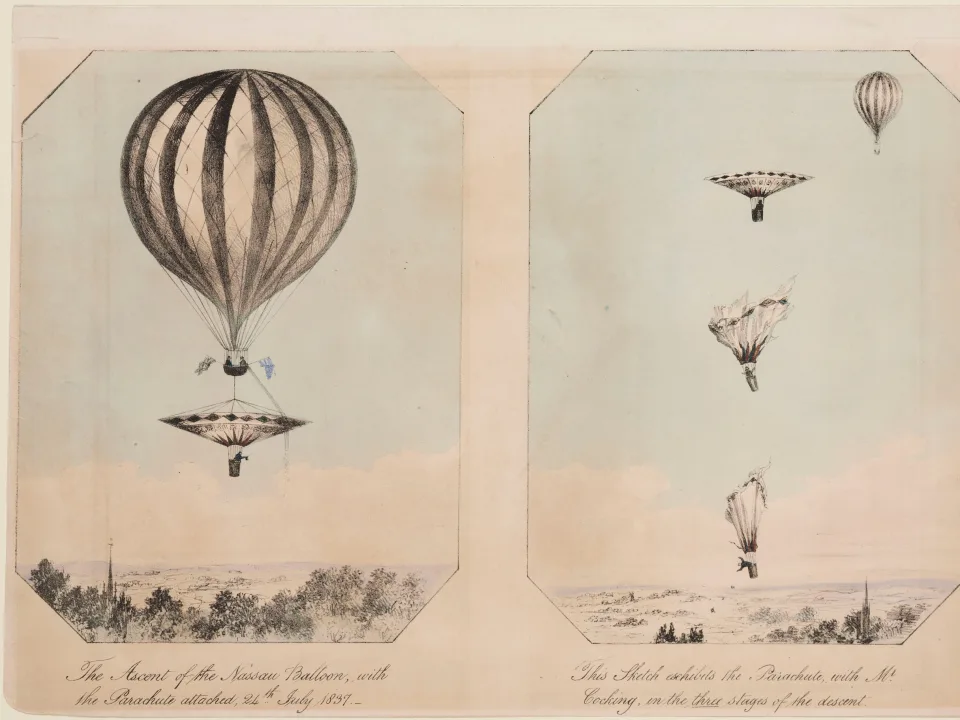
Fascinated with air travel, Robert Cocking, a watercolor painter and part-time scientist, designed a new parachute in 1837 that he debuted to the public at a Vauxhall garden.
On its maiden voyage, Cocking detached his device from a hot air balloon and promptly fell several hundred feet to his death.
In one account of the incident, Cocking was found in a field by laborers and was alive for a few moments after reaching the ground.
In a different account, by the time Cocking’s body was found, visitors of the park had taken his watch, snuff box, and even his glass eye.
Though Cocking’s parachute design has been forgotten over time, he lives in infamy as the first recorded parachute death.
Otto Lilienthal
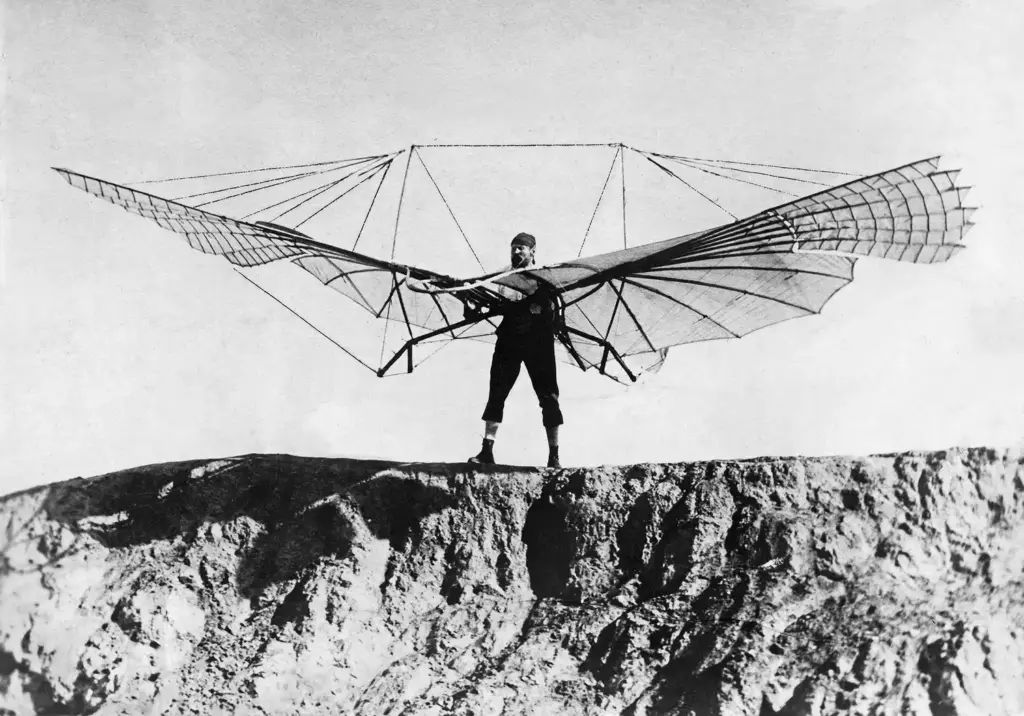
German inventor Otto Lilienthal met an untimely end when he fell nearly 50 feet through the air while operating the first controllable glider. The inventor first operated the hang glider’s predecessor in 1891, just five years before his death. He pioneered the aerodynamic phenomenon known “heavier than air” flight, which led to the conception of the fixed-wing aircraft.
His legacy speaks for itself: Lilienthal is widely remembered as the “father of flight,” and the Wright Brothers credited his discoveries as one of their chief inspirations.
Marie Curie
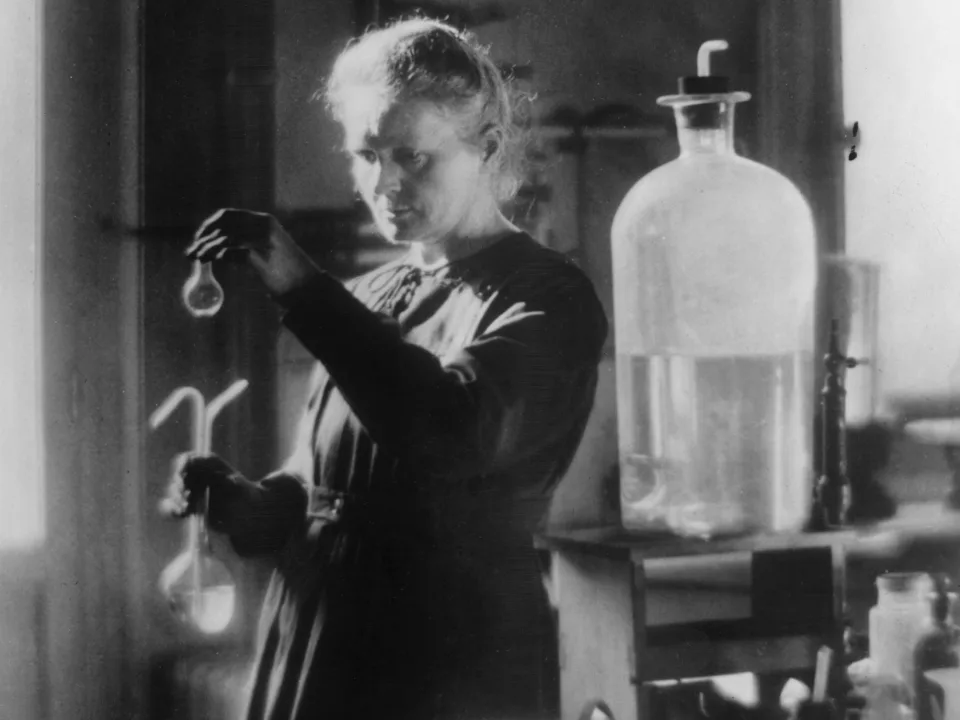
Thanks to her trailblazing research and discovery of radioactive elements, Marie Curie won Nobel Prizes in physics and chemistry. She was the first woman to win the award, the first person to win twice and remains the only person to win the prize for work in two different fields.
Curie’s great success in radioactivity (a term which she coined) also paved the way for her demise. She contracted aplastic anemia and died at age 66 in 1934. Her fatal condition was believed to be the result of prolonged exposure to ionizing radiation, the danger of which wasn’t yet understood at the time.
According to The New York Times, Curie never acknowledged radioactivity’s toll on her health. However her daughter, Irene Joliot-Curie, and son-in-law, Frederic Joliot-Curie, also died of radiation-induced diseases after they continued her work in with the harmful materials.
Henry Smolinski and Harold Blake
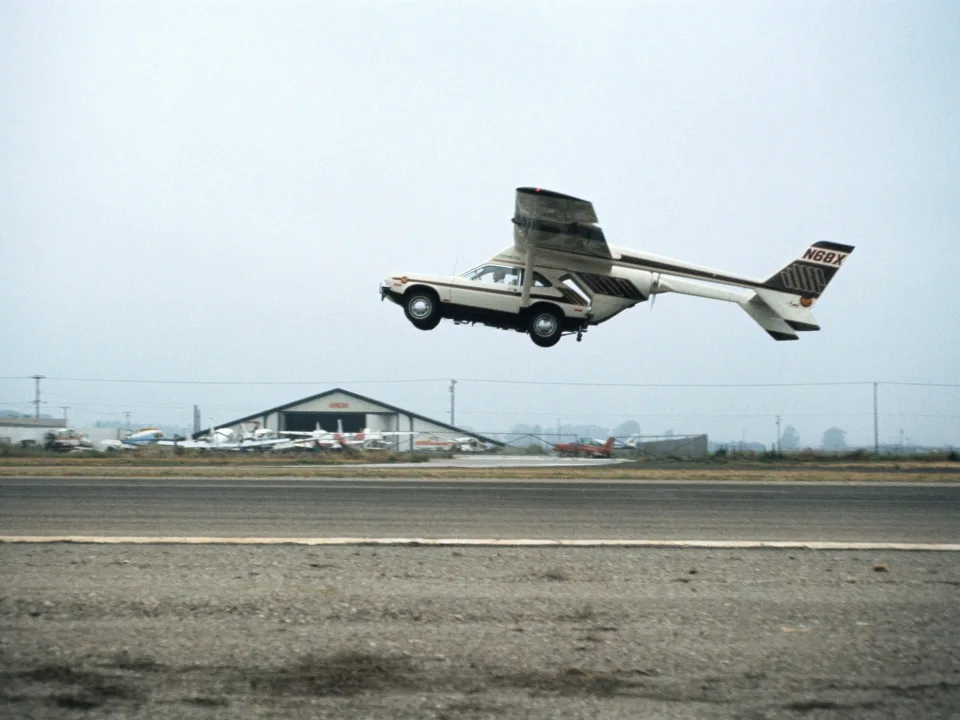
Smolinski and Blake attempted to make the world’s first flying car, the AVE Mizar. Despite some early successes, the two engineers died while conducting a flight test.
The two engineers named their invention after a star in the Big Dipper and combined a Cessna Skymaster and a Ford Pinto to create it.
Despite initial problems, Smolinski and Blake had small successes in previous tests. On September 11, 1973, the two inventors were conducting a flight test with the Mizar out of the Ventura County airport. Shortly after they took off, black smoke could be seen from their car.
It crashed shortly afterward, killing both Smolinski and Blake.
The plan had some problems from the beginning, namely that the Ford Pinto was known to explode if rear-ended, which led Ford to be the first US corporation charged with reckless homicide.
Franz Reichelt
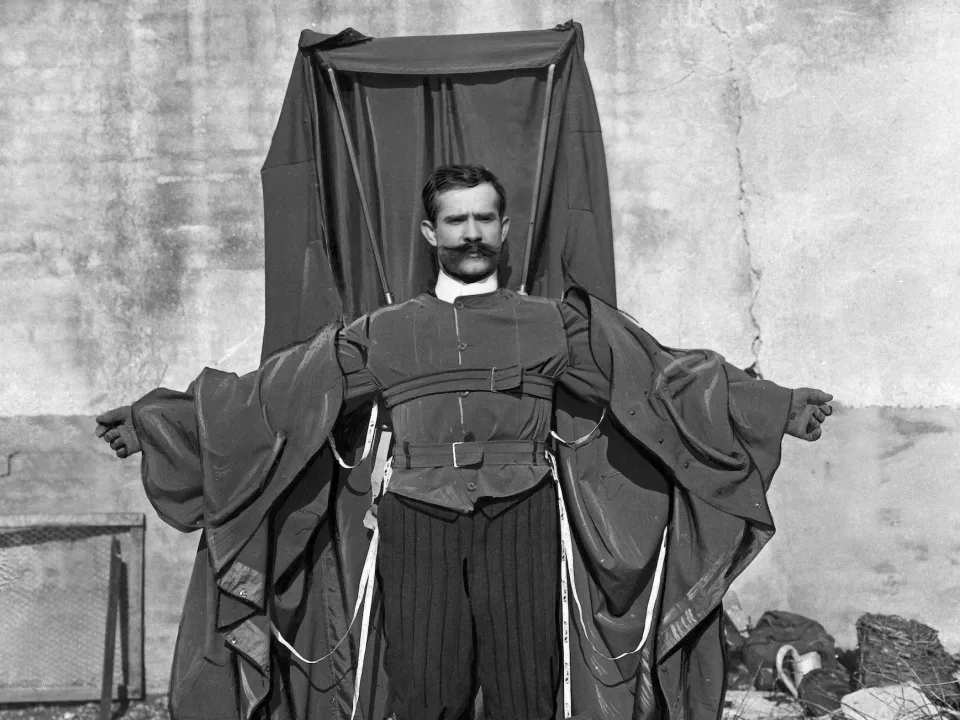
Franz Reichelt — remembered as the flying tailor — attempted to make a parachute and test it from the top of the Eiffel Tower.
The Aero Club of France was holding a competition for the best design for a parachute with a cash prize of €10,000.
Reichelt, a tailor specializing in dresses, had already been developing a new design for a parachute of his own. Despite being rejected by various aeronautic organizations, Reichelt pressed on, convinced that his design would work.
Convinced that his dummy tests failed because they weren’t high enough, Reichelt petitioned the government to allow him to jump from the top of the Eiffel Tower. After a year of back and forth, he was finally granted permission on the account that the test would be done with a dummy.
On February 4, 1912, Reichelt surprised authorities at the top of the Eiffel Tower when he declared he would conduct the test himself in place of a dummy.
In front of spectators, the press, and cameras, Reichelt took his leap from the Eiffel Tower, placing all his faith in his 20-pound contraption. He plummeted to his death instantly and left an impact on the minds of all spectators — as well as the concrete where his impact created a hole.
Sources: Medium, Atlas Obscura
Luis Jimenez
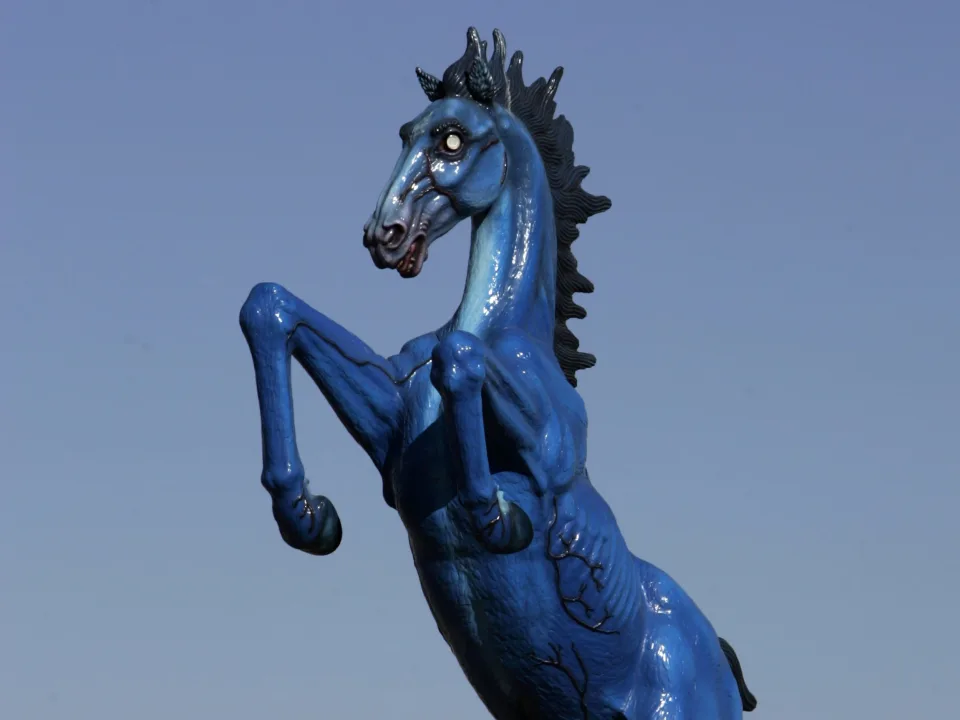
Jimenez was the sculptor behind the work colloquially known as “Blucifer” at the Denver International Airport. He died when pieces of his sculpture fell on him.
Jimenez had been contracted by the Denver International Airport to make the sculpture and had been working on it for nearly a decade by the time of the incident.
The 32-foot tall, 9,000-pound sculpture came loose from a hoist while being moved and pinned Jimenez to a steel support beam. The collision severed an artery in Jimenez’s leg and he died before making it to the hospital.
Thomas Midgley Jr.
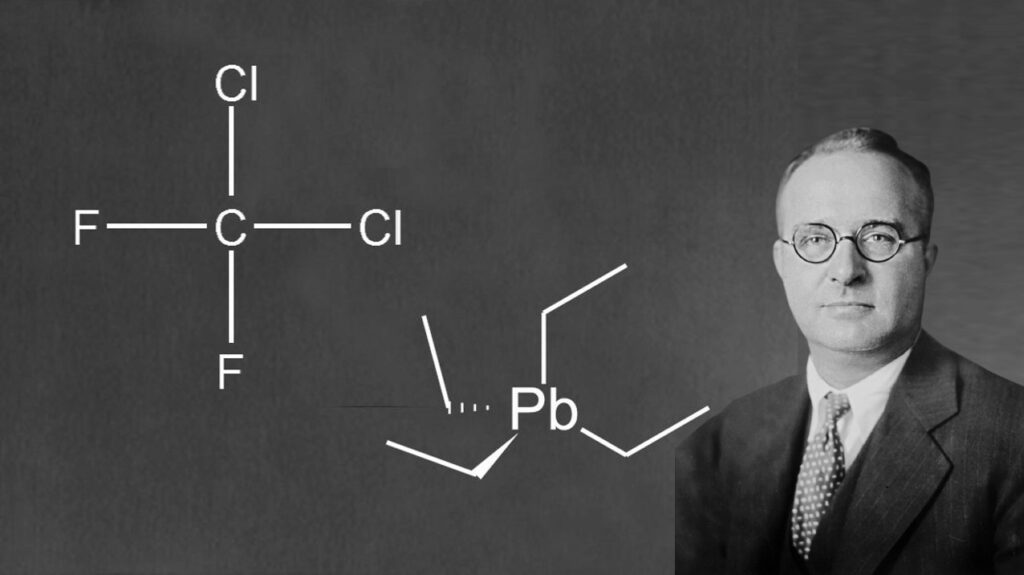
Midgley Jr. invented leaded gasoline and the synthetic substance used in air conditioning and refrigeration, contracted polio, and died in a contraption he made to hoist himself in and out of bed.
According to the New York Times Magazine, the public was told that his death was an accident, but privately it was ruled a suicide. Either way, it was something of the lifelong inventor’s creation that contributed to his death.
Source: New York Times Magazine
